Breaking Beta | Is Flexibility a Good Metric for Climbers?

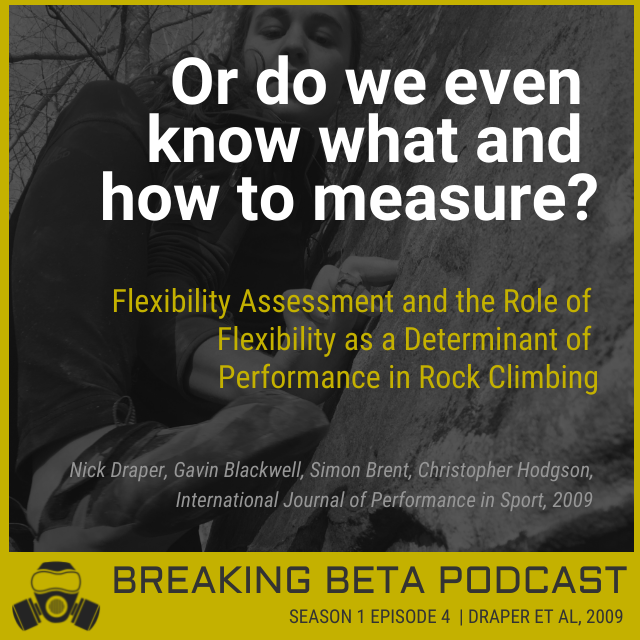

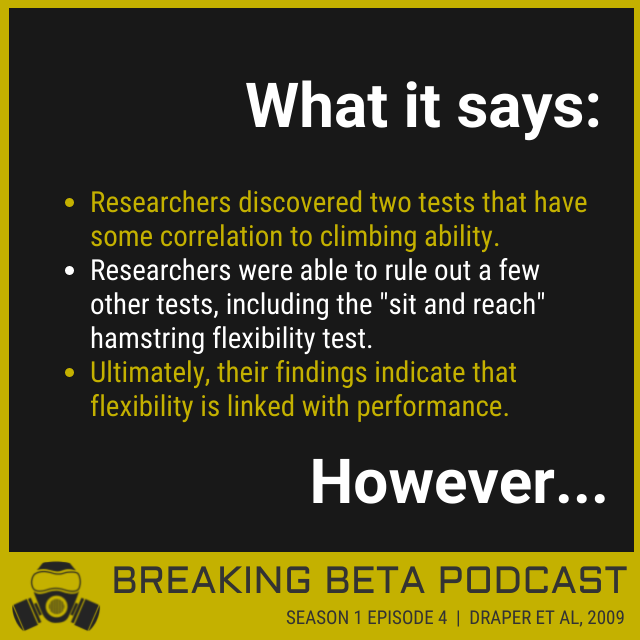
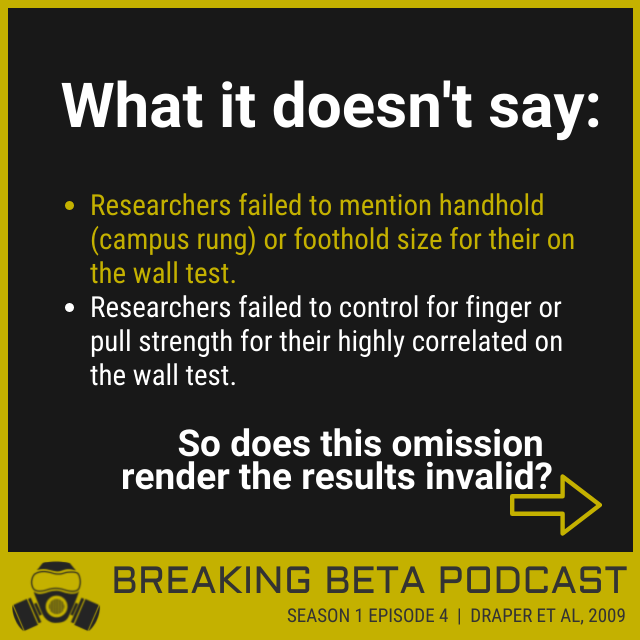

In this episode, Kris and Paul discuss a study that might finally reveal why there are so many former gymnasts who can crush:
Flexibility Assessment and the Role of Flexibility as a Determinant of Performance in Rock Climbing
authored by Nick Draper, Simon Brent, Gavin Blackwell, and Chris Hodgson; published in the International Journal of Performance Analysis in Sport in 2009.
They’ll attempt to determine whether or not a climber’s flexibility is a good indicator of their climbing performance and, moreover, if a climber’s flexibility is even something we can accurately measure. Tune in to find out if all that twisty pretzel stuff Adam Ondra does with his knees is actually doing something, or just for show.
New episodes of Breaking Beta drop on Wednesdays. Make sure you’re subscribed, leave us a review, and share!
And please tell all of your friends who keep preaching to you that unless you do those tactical frog stretches, you'll never climb harder, that you have the perfect podcast for them.
Got a question? Comments? Want to suggest a paper to be discussed? Get in touch and let us know!
Breaking Beta is brought to you by Power Company Climbing and Crux Conditioning, and is a proud member of the Plug Tone Audio Collective. Find full episode transcripts, citations, and more at our website.
FULL EPISODE TRANSCRIPT:
Breaking Bad Audio Clip 00:03
From time to time you're gonna see these two. As far as you're concerned, they are ghosts. You don't see them. You don't hear them. You don't say good morning. You don't speak unless you're spoken to. On the other hand, if they tell you to jump, you don't ask what for. You jump. You need a name for them, you call them Yes Sir and No Sir. You got any problems, you come to me.
Kris Hampton 00:32
Yes Sir and No Sir. I like it. That's what we're going as from now on.
Paul Corsaro 00:38
Which one are you?
Kris Hampton 00:40
Uh, I can be both depending on the moment.
Paul Corsaro 00:44
I like it, yeah. A little flexibility there. Keeps the ambiguity, right? The anon...anon...anonymity. That's a hard word to say.
Kris Hampton 00:52
Ambiguous anonymity, is that a thing?
Paul Corsaro 00:55
It is now.
Kris Hampton 00:55
Hahaha. All right, we are here again to talk about flexibility, this time specifically in rock climbing. And like we mentioned in the last episode last week, flexibility is this kind of a tough thing to test and to measure and to, you know, it's there just all sorts of variables you can throw in, and the conversation around it becomes so polarized and so dogmatic. And, you know, before we even look at this paper, I just want to say props to the researchers for even trying to tackle this. You know, we, we gather data in our business and with our coaching clients and flexibility is one of those things that's really hard to find a correlation with, for rock climbers, and probably for athletes in general. Let's...uh... the title of this paper is "Flexibility Assessment and The Role of Flexibility As A Determinant Of Performance In Rock Climbing". It's from the International Journal of Performance Analysis In Sport, from 2009. Authors are Nick Draper, Simon Brent, Gavin Blackwell, Chris Hodgson. I see some of those names pretty often in the climbing research and the purpose of this paper was, "Based on our experience as physiologists and climbers, and through evidence and rock climbing literature and research, we suspected that if a climbing specific measure of flexibility could be developed, we would be able to identify a relationship between flexibility and climbing performance. The purpose of this study was therefore twofold: to develop a range of sports specific flexibility tests for rock climbing, and then to assess their validity and reliability in comparison to existing measures used in climbing research."
Paul Corsaro 03:04
I think it's kind of cool. This is one of the first papers I've seen from around this time, which is 2009, I believe.
Kris Hampton 03:11
Yep.
Paul Corsaro 03:11
Where it was the first one of the first attempts I've seen to develop a climbing specific battery of tests.
Kris Hampton 03:18
Yeah
Paul Corsaro 03:18
So I think you see as we move into the 2000s, or late 2010s, ish, that climbing research is starting to get more popular, has more of a meaning behind it. You can just you can almost watch the sport grow through looking at these papers in the timeline.
Kris Hampton 03:37
Totally, I've been seeing the same things. And it's also neat to see the researchers, you know, harkening back to some of the research that was done before them. Trying to improve upon it, trying to build our understanding of all of this further, which is exactly how science should work. Alright, let's jump into this thing.
Breaking Bad Audio Clip 03:58
You clearly, don't know who you're talking to, so let me clue you in.
Paul Corsaro 04:02
I'm Paul Corsaro.
Kris Hampton 04:04
I'm Kris Hampton.
Breaking Bad Audio Clip 04:05
Lucky two guys, but just guys, okay?
Paul Corsaro 04:09
And you're listening to Breaking Beta,
Kris Hampton 04:11
Where we explore and explain the science of climbing
Breaking Bad Audio Clip 04:15
With our skills, you'll earn more than you ever would on your own.
Breaking Bad Audio Clip 04:20
We've got work to do. Are you ready?
Paul Corsaro 04:23
i've warmed up. I'm flexible. I'm ready.
Kris Hampton 04:27
Haha. I was a little late to this recording session today, but I assure you I am actually ready. So let's, let's first look at the methods.
Breaking Bad Audio Clip 04:38
In a scenario like this, I don't suppose it is bad form to just flip a coin.
Kris Hampton 04:44
Flip a coin and that's I mean, actually, that's kind of, sort of what they did here in the beginning and this is something we've had to do with trying to develop our own measurements. But they first develop their their own novel tests of flexibility. So they're kind of saying we think this is going to be a good measurement. Let's make these... let's develop these tests and then let's test those tests for validity and for reliability.
Paul Corsaro 05:16
Which I think was a good process to go about
Kris Hampton 05:18
Same
Paul Corsaro 05:18
Because they took some standard flexibility tests from just general performance assessments. You know, we had the old school sit and reach in there. I think we all remember doing that in school. And then some other general flexibility movements, they looked at the hip as the big kind of indicator here. Citing a bunch of previous research and climbing training books about how hip flexibility is really important to performance. So it seems they really focused on hip mobility or flexibility as a determining factor for climbing performance. So all their tests seem to really focus on the hips for all this.
Kris Hampton 05:54
Yeah, I thought that was interesting, that the paper is not saying it's hip specific in the title. It's saying, "Flexibility Assessment For Climbers", and there's nothing in there about the shoulders or, you know, any upper body. It's all all hip related.
Paul Corsaro 06:11
Yeah, and they so basically, what they did is they developed four tests based on what they'd seen in previous sports science research. They had a foot raise test. So they took the Grant Foot Raise, which was just a general hip flexibility measure and made it a bit more climbing specific, where they were set up where the participant had their hands on the wall, and their feet were, I believe, 23 centimeters away from the wall. And pretty much keeping their hands on the wall, they had to raise their foot up and touch as high as they could on the wall with that foot and they took the distance between the floor and the foot. They also had a climbing specific foot raise, which is where they had pretty much the same setup, except their feet and hands were on handholds that they made. They made this kind of standardized climbing-esque board where they could start in the same position
Kris Hampton 07:06
Called the Climb-A-Flex.
Paul Corsaro 07:07
I like that name. It's pretty good. No trademark after though, I did see that.
Kris Hampton 07:12
Yeah.
Paul Corsaro 07:14
But anyway, so yeah, you started on
Kris Hampton 07:15
We are now selling a Climb-A-Flex on our website, if anyone wants one. Haha.
Paul Corsaro 07:19
Haha. Coming soon. But yeah, so they started pretty much it was very similar to the Adapted Grant Foot Raise where you're just hands on the wall, feet on the floor. This one you got hands on handholds and feet on footholds and just keeping the hands on the handholds, you had to bring your foot as high as you could. They measured the distance from the foothold to the highest point on the handhold. They also had a lateral foot reach, where you started on that same board, except your hands were close together on one side. So if you're reaching your left foot, you'd have both hands on the right side, and you'd reach your left foot out as far as you can. You could turn that toe out as if you're inside edging, so you'd reach as far as you could. They measured the difference. They measured the distance you could reach between your feet. And then the last one they had was a front loading flexibility test where you're starting, similar to the foot raises, where your hands and feet are on footholds, and then you would bring your foot up as high as you could. And they actually had a adjustable foothold, so it wasn't just touching your toe to the foothold, you had to transfer your weight over it.
Kris Hampton 08:26
Right, you had to like pull up and get your body up onto that foothold.
Paul Corsaro 08:30
And for this testing, I believe they had a practice session beforehand, which I thought was good to kind of reduce that learning effect and make everyone kind of on the same page.
Kris Hampton 08:39
Yeah, smart.
Paul Corsaro 08:40
And I think they took what, the best of three trials for everyone?
Kris Hampton 08:44
I think that's right. And just a quick clarification on one of those tests. They, the Grant Foot Raise is actually a test that had been done before in a climbing paper and it was raising the foot in front of the climber. And then they also use the Adapted Grant Foot Raise, which is raising it out slightly laterally, trying to make it a little more climbing specific.
Paul Corsaro 09:13
And one last thing I liked about the testing procedure too is every position, they had to hold it for a count of two at the top. So you couldn't just like use momentum and swing the leg up and tap the wall and use that as your score. You had to own every position.
Kris Hampton 09:27
Yeah and they did two run throughs of this entire testing. So the first one was for validity, you know, to find out how valid the tests were. And the second was to find out how reliable the tests were. Did they get the same results the second time through? And 46 climbers did the first trial, twelve of which were women, which is a pretty good ratio based on what we've seen from a lot of other studies. And then 21 of those climbers, including eight of the women, did the second trial. I'm not sure why they had such a huge drop off between the two trials, but they did. And the mean climbing ability of both groups was about the same. And they had a pretty wide range of climbers throughout the whole throughout the whole trial,
Paul Corsaro 10:20
And I think you kind of needed that so they could really break down and see, you know, where you fell on that scale of ability level. I think if they had, you know, a narrower range of ability, maybe it's not going to highlight the degree of which the these tests can predict climbing ability. So I think that was necessary for this one.
Kris Hampton 10:40
Yeah, I agree. There was one thing about the Cimb-A-Flex the, the adjustable system board is essentially what it is, that really threw up some major red flags in the methods for me. And there is a schematic included in the paper of the Climb-a-Flex. They mentioned that the wall was made with 20 millimeter thick birch plywood, but they never mentioned the size of the footholds or the handholds. There's zero mention anywhere of that.
Paul Corsaro 11:18
That's not important at all.
Breaking Bad Audio Clip 11:21
Oh hey guys, you forgot something!
Kris Hampton 11:26
And I just, I looked everywhere. I looked online to try to find these guys so I could try to message them and ask them this question. It seems like a thing that would be pretty damn important, particularly if you're trying to separate for grade of the climber, for how difficult a person can climb based on how flexible they are. Seems like the size of the handhold and the size of the foothold is going to matter. So alarm bells for me
Paul Corsaro 11:56
They had people from, it looks like, pretty much 5.2 to 14d, so handhold size is going to be pretty important there.
Kris Hampton 12:04
Yeah, yeah. So that bugged me a little bit, but we're gonna get more into that. Anything more on the methods before we go to break?
Paul Corsaro 12:12
Um, I thought outside of the handhold measures, I thought the setup was pretty good. I liked them. They looked at both validity and reliability. I think those are, especially if you're trying to determine a testing battery, I think that's important because it does...if your tests are wildly different every time the same person goes through it, it's really not giving you a lot of information. Yeah, I liked it. I thought things are great.
Kris Hampton 12:33
Yeah, I thought the reliability part of it was really good. All right, let's go to break,
Breaking Bad Audio Clip 12:38
Please. Alright, I really need a break here, okay.
Lana Stigura 12:43
So despite the fact that this show is all about science, most of us, including Kris and Paul, aren't just one dimensional rock climbers that only care about the data. There's so much more to this sport.
Breaking Bad Audio Clip 12:53
Okay, but say, you know, just for the sake of argument
Lana Stigura 12:56
That's why we're a proud member of the Plug Tone Audio Collective, alongside founding member podcasts Sends and Suffers, The Power Company Podcast, and The American Climbing Project. From building community and tackling tough conversations, to sharing spray about exciting recent sends, we've got it all. Rooted in climbing and expanding outward, you can find more of our shows by searching for Plug Tone Audio in your preferred podcast app, or by visiting us at the link in your show notes. And as always, please share your favorite episodes with your friends. Oh, and did I mention that we're constantly growing, with new podcasts being added all the time? So keep an eye out.. or an ear out, for new shows soon.
Breaking Bad Audio Clip 13:35
Let's all get back to work for Christ's sake, okay!
Kris Hampton 13:38
All right, we have returned from the break. And let's take a look at the results of this paper and what our verdict on it might be.
Breaking Bad Audio Clip 13:48
We're not here to sit in judgment.
Breaking Bad Audio Clip 13:51
Why not? The thing is, if you just do stuff, and nothing happens, what's it all mean? Whatever, whatever you think supposed to happen, I'm telling you the exact reverse opposite of that is gonna happen.
Kris Hampton 14:11
I just for some reason, I just love that clip. I can see both of those. It's two scenes combined and I can see them both in my head the whole time it's going. Anyways, results of this and I think this is a like I said in the beginning, it's a tough topic to talk about. It's tough to measure. They in these verdicts, in these results, they they have some things they say, "These might be good measures". Some things they say, "These aren't going to be good measures". Number one, the not recommended as a flexibility measure for climbers is that sit and reach test that you mentioned early. We've all done it. We did it in elementary school. It's mostly a test for how flexible are your hamstrings and they found zero correlation with climbing ability there.
Paul Corsaro 15:03
Which kind of makes sense, you know, that's just gonna be pretty general. And climbing, the movement of climbing, is not a general sporting movement. I would say overall, it's pretty unique, so that didn't surprise me really at all.
Kris Hampton 15:17
Yeah, same. They also found, you know, I highlighted the difference between the regular Grant Foot Raise, the original, and the Adapted Grant Foot Raise was just that they externally rotated the the leg a little bit and raised the foot out to the side, slightly laterally. They found that the adapted version was more valid than the original. So raising your foot straight up in front of you, which is just a high step right in front of your body, versus slightly laterally, they found they could predict a little better how strong the climber was, or how good the climber was based on that.
Paul Corsaro 15:55
And they were equally reliable too, so switching to that more adapted version didn't change the range of results you're going to get with repeated testing.
Kris Hampton 16:04
Right. What else did you see in these results that you thought was interesting?
Paul Corsaro 16:11
Um, so I guess the big one, and I guess the big...we'll just go through step by step. So the climbing specific foot raise, they said, it was pretty disappointing. So it wasn't very reliable.
Kris Hampton 16:24
Right, it showed good validity, but not good reliability.
Paul Corsaro 16:28
Yeah. So they said, you know, maybe they had some methodol.... methodological issues, I can't read today,
Kris Hampton 16:35
Haha metallurgical
Paul Corsaro 16:35
Methodological issues. Haha they used the wrong type of metal for the climbing board, that was the issue. Maybe there's some issues with their testing procedure and they also hypothesize that maybe there's a greater learning effect. So maybe this is a newer movement, you know. People have really never seen this before, so some people are gonna pick it up better than others. Or maybe some people are going to learn it faster than others, so that could have had something to do with it. But it is interesting that the climbing, the test labeled "climbing specific" was a disappointing one. So I could highlight some procedures for thinking of climbing specific tests that you can take or discard from how they went about going with this one.
Kris Hampton 17:18
Yeah. Also, that measurement, you know, something that you and I and all the other coaches that we work with, have discussed a lot when we're trying to come up with the tests that we are going to look into and try to find a correlation with is how many people are going to be able to take this test and get this measure, and not everybody has a Climb-a-Flex. I mean, until we market it and sell it. Not everyone has one. So that was a test anyway, that not a lot of people were going to be able to do, so as a coach, as someone who is interested in these measurements, I'm already probably going to throw that one out just because I can't give everyone that board to use.
Paul Corsaro 18:00
No. Yeah, a lot of these tests, you want to look for simplicity and being able to repeat it everywhere.
Kris Hampton 18:06
Right, right.
Paul Corsaro 18:08
The lateral foot reach, they had an increase with climbing ability, but also they kind of went back and did a one-way ANOVA, which just kind of makes sure your results are actually significant. And actually, even though there was some difference, it wasn't statistically significant.
Kris Hampton 18:24
Mm hmm.
Paul Corsaro 18:24
And but they did... it did reach significance when they scaled for height, which I thought was interesting.
Kris Hampton 18:31
Yeah.
Paul Corsaro 18:32
Did you see that?
Kris Hampton 18:32
And, and I can't imagine that test not being scaled for height. I mean, it absolutely should when it involves reaching as far as you can, you know, that's essentially what it is. They do say that that might be the most useful to the researcher, when used as a part of battery of tests assessing flexibility for climbing, because it doesn't involve this, you know, big setup that you're going to need.
Paul Corsaro 18:58
Yeah, so and so not a single test, too. So it can be useful when you've got other stuff going on, but that's probably not the one you're going to use to determine whether flexibility is an issue for your performance level.
Kris Hampton 19:11
Haha right, exactly.
Paul Corsaro 19:14
The big one was the foot loading flexibility test. So pretty much the big takeaway from this study, what I gathered, was that out of this battery of tests, the foot loading flexibility test was most predictive of climbing ability and it was reliable as well. So that was the one where you brought your foot up as high as you could onto a foothold and then transferred your weight onto the foothold.
Kris Hampton 19:36
Yeah, yeah. And they seem to be excited about that one.
Breaking Bad Audio Clip 19:40
Booyah! Woo!
Kris Hampton 19:43
But I'm going to reverse that "Booyah!" right now. Number one, it involves that, you know, setup that you need. Number two, what I mentioned in the methods that threw up the big red flag for me, that they didn't mention the size of the handhold and the size of the foothold.
Breaking Bad Audio Clip 20:05
Oh hey guys, you forgot something
Kris Hampton 20:08
That that, for me, makes this test, almost useless as a flexibility test. What it does is it becomes a finger strength test.
Paul Corsaro 20:21
I have arm strength/finger strength highlighted in my notes too. Like, there's really no control for that here.
Kris Hampton 20:25
Right, exactly. The only thing they mentioned about the handhold is they call it a campus rung. I tried to go back and see what campus rungs were available in 2009. I believe this was done in Australia. I could be wrong. Actually, I think I'm wrong about that. I think I'm thinking of another study. But I tried to look at what was available. The largest campus rungs available at that time, I think, were an inch, at least of the standard campus rung, which is actually a relatively small hold. And if we look at the image that they include, in the research paper of the climber taking the test, he's leaned back as far as possible, holding onto that campus rung with his foot really high. So it's not like you're hanging directly below this one inch hold. You're you're levered out on it pretty hardcore. And for me, getting the foot up that high, and then having to pull yourself up over that foothold becomes a test of strength, more than a test of flexibility. So without a control for that, I'm throwing that test out entirely.
Paul Corsaro 21:42
Yeah. So what would you get overall, from the whole paper? If you had to just take some things or could take anything? Would you use this for? Or could you take anything into how you coach people or your thoughts on training?
Kris Hampton 21:54
Um, yeah, well, we'll get into that in application, for sure. But I think the paper is.... good, in that they're trying to do something. They're trying to come up with these measures and I appreciate that. I think they went, they went a little too far with the climbing specific foot raise. What I get out of it is that, you know, the the lateral foot reach, and the adapted grant foot raise, the two things that we can do without a major setup, are probably going to be the ones that we are looking at, if we're going to look at any of these measures. So I do think those two are good. It's good to see the validity and the reliability of those. But the rest of the really specific tests they come up with, I'm I'm not even going to look at.
Paul Corsaro 22:54
One thing I also noticed about the specific ones too is climbing happens on such a wide variety of angles. Very rarely, everything's completely vertical.
Kris Hampton 23:03
Right.
Paul Corsaro 23:04
So it would, you know, your hips are away from the wall in different spots, at different angles and the angles change of your body, so I'd be interested to see how this would apply to super steep climbing versus slab climbing. So I saw this is more of a predictor of vertical to low angle technical climbing, where you have, you know, really high steps, stay close to the wall, load the feet, things such as that.
Kris Hampton 23:30
Yep, I agree completely. One question for you and this is a this is kind of a new category we're going to be throwing into here, going forward, but what do you think this paper doesn't say that a lot of people might take from it and run with? For me, it doesn't say you have to have super flexible hips to climb harder. I think a lot of people are going to come into this looking at it and saying, "Oh yeah, look at this, they found that this correlates to climbing harder. The people who could do this test were the stronger climbers, so we need more flexible hips, more mobile hips, to be able to climb harder." And I don't think this paper actually says that.
Paul Corsaro 24:16
Yeah, I actually agree with you. That's what I would say too. I mean, it really just looked at, "What would be good tests to see?" or "How can we start this baseline?". It definitely doesn't look at.... the question wasn't, "Do you need flexible hips to climb harder?". So yeah, I agree with you on that as well. That's kind of what I would go with.
Kris Hampton 24:34
Alright, let's uh, let's look at the application and see how you and I would use it.
Breaking Bad Audio Clip 24:40
All these little pieces, they are all part of the story, right? But they don't mean much on their own. But when you start telling me what you know, we start filling in the gaps. I'll have them in lockup before the sun goes down.
Kris Hampton 24:53
Alright, like I already mentioned, we at Power Company, at Crux, have looked for ways to measure any of the strength and flexibility, and find a way that it correlates with climbing ability. And for our own assessments, and for me, the Adaptive Grant Foot Raise seems to be the best idea in here. We have a pretty good battery of measurements that correlate to climbing ability and like these measures or any measures, they should always be used as a starting point or a general way to guide training and not a determinant, per se. You know, I don't I don't even care for the use of that word "determinant", even though I understand there's an implied gray area there.
Paul Corsaro 25:38
Yeah, I would go with the Adaptive Grant Foot Raise as well, just because you can do it wherever. You just need a wall. And it could be an interesting addition, if a climber maybe mentions that they feel like they have tight hips or feel like they need to work on their mobility. Alright cool, let's look at this. Maybe we could incorporate it as a test/retest measure, like you add at the beginning of a cycle. Throw in some targeted movement work and see if we can get that number to increase when we test/retest four, eight weeks down the road. More so just to make sure we're moving in the right direction or maintain. If you're lifting and doing a lot of general strength work, sometimes people get tighter or lose the ability to access certain positions. This actually might be a good way to make sure we're at least keeping this one simple metric of how you move. Make sure that's not decreasing, so you're not losing it. That's maybe where I would use one of these tests.
Breaking Bad Audio Clip 26:33
Tight, tight, tight. Yeah.
Kris Hampton 26:36
All right. Question for you, as someone who is well versed in the functional movement screen, which we have used with clients, how do you use these sorts of measurements in your coaching?
Paul Corsaro 26:53
It's interesting, because I've evolved a lot since we've added that in to our plan. I use it really just to catch something that might be painful, or highlight extreme limitations. Outside of that, we don't do much corrective work based on what comes in. It's more just to like, catch them like, oh, hey, by the way, this kind of felt weird. Alright, we need to be aware when moving in certain patterns that we just need to catch that and make sure we're moving in a spot where we're going to start stressing things, that the body can actually get into the right position to absorb and adapt to stress.
Kris Hampton 27:27
Yeah, I like that. It's, it's really easy to get all these measures, you know. Go through this battery of tests, and then go down these rabbit holes that lead you away from the actual goal and I think we have to be careful of that, as coaches as practitioners, as athletes.
Paul Corsaro 27:46
I'm not training people to score as high as they can on a movement screen. I want them to get better at climbing and make sure they don't get hurt in the process and it's just one piece of the puzzle, to make sure the exercise selections we choose are appropriate.
Kris Hampton 28:00
Yeah, absolutely.
Paul Corsaro 28:01
And that's tough to do when you're working remotely with someone because you don't see them for every session. You don't see how they move. So it's just a quick starting point.
Kris Hampton 28:08
Mm hmm. Yeah, you know, other than that, my, my advice remains the same as last week. Like you just said, stretch for the movements you find difficult. You know, if you're tight somewhere and you find yourself recognizing that tightness while you're on the wall regularly, maybe that's a position you need to be able to get into better. Hip mobility is absolutely important for climbing, there's no question. And if you determine that it's holding you back, then do something about it. I like the idea of using this as a general measure again. But I also don't know what's a good measure, what's a bad measure, where it correlates to in ability. It would take us putting it into our assessment, and then, and then gathering data for quite some time and having Dale kind of spit out some numbers with his statistic magic that he does and then we might have a better idea. But even then, like I said, it's not a determinant and it's just a basic starting point.
Paul Corsaro 29:23
And I think, you know, for the time this came out, this was a great is great paper to continue laying the groundwork and provide direction for further research, you know, in the 12 years that have followed this paper, so definitely worthwhile. I'm glad it was put out there. It was one that, you know, one that maybe doesn't give me a whole lot of coaching decisions from the paper.
Kris Hampton 29:45
Yeah, totally. And and I agree, you know. I don't want to I don't want to make it sound like this is a horrible paper or anything. I think it's a great starting point. But guys,
Breaking Bad Audio Clip 29:55
Oh hey guys, you forgot something!
Kris Hampton 29:58
You forgot something, something pretty important in this case. Alright, you can find both Paul and I all over the internets by following the link in your show notes. And you can find Paul at his gym Crux Conditioning in Chattanooga, Tennessee. If you have questions, comments or papers you'd like for us to take a look at. Hit us up at community.powercompanyclimbing.com. Don't forget to subscribe to the show. Leave us a review and please tell all of your friends who keep preaching to you that unless you do those tactical frog stretches, you'll never climb harder, that you have the perfect podcast for them. We'll see you next week when we discuss the long term effects of climbing on our shoulders and if that pain you sometimes feel means you should hang it up or not.
Paul Corsaro 30:45
Talk to y'all then.
Breaking Bad Audio Clip 30:46
It's done.
Breaking Bad Audio Clip 30:48
You keep saying that and it's bullshit every time. Always. You know what? I'm done. Okay, you and I, we're done.
Kris Hampton 30:59
Breaking Beta is brought to you by Power Company Climbing and Crux Conditioning and is a proud member of the Plug Tone Audio Xollective. For transcripts, citations and more visit powercompanyclimbing.com/breakingbeta.
Breaking Bad Audio Clip 31:12
Let's not get lost in the who what and whens. The point is we did our due diligence.
Kris Hampton 31:18
Our music, including our theme song "Tumbleweed", is from legendary South Dakota band Rifflord
Breaking Bad Audio Clip 31:25
This is it. This is how it ends.




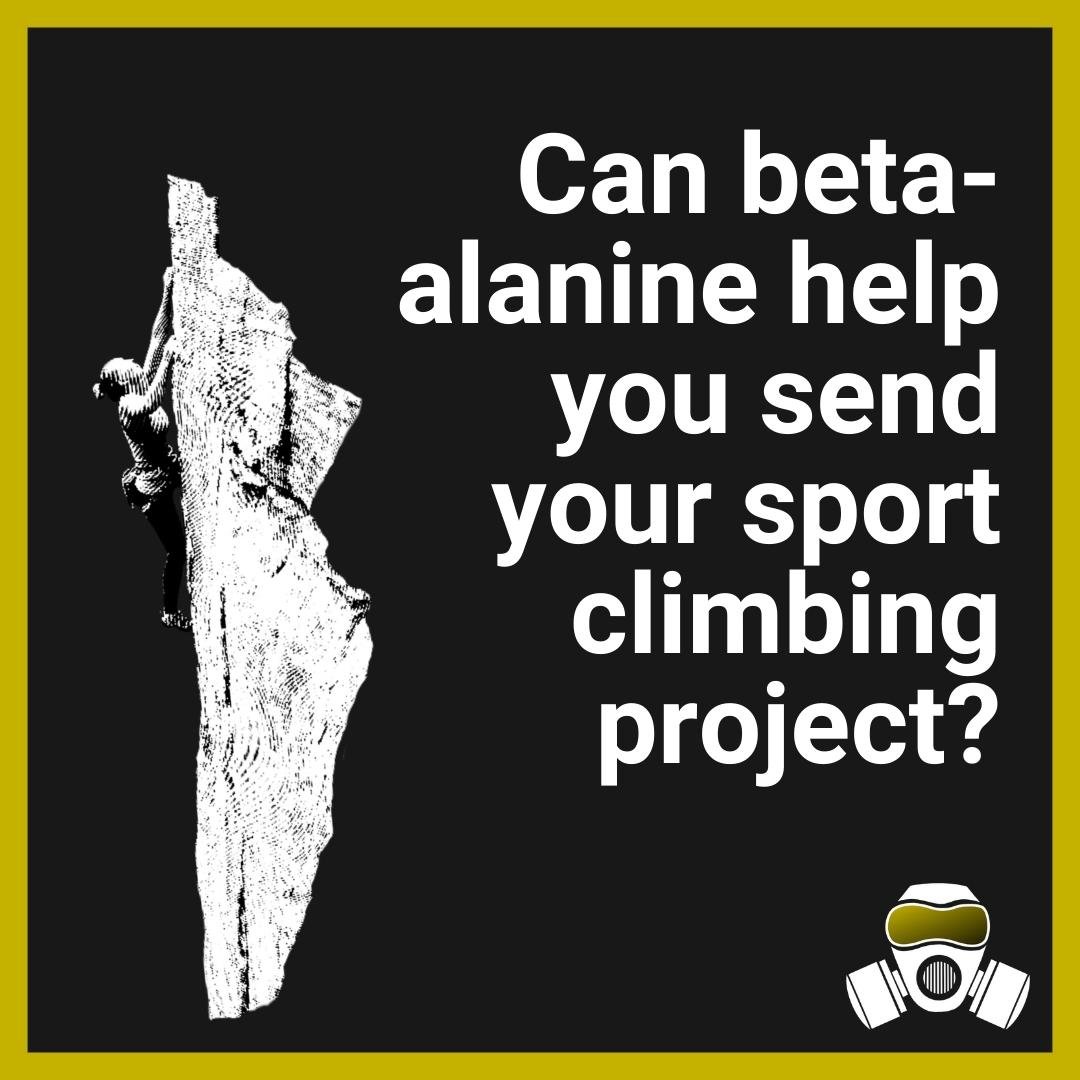


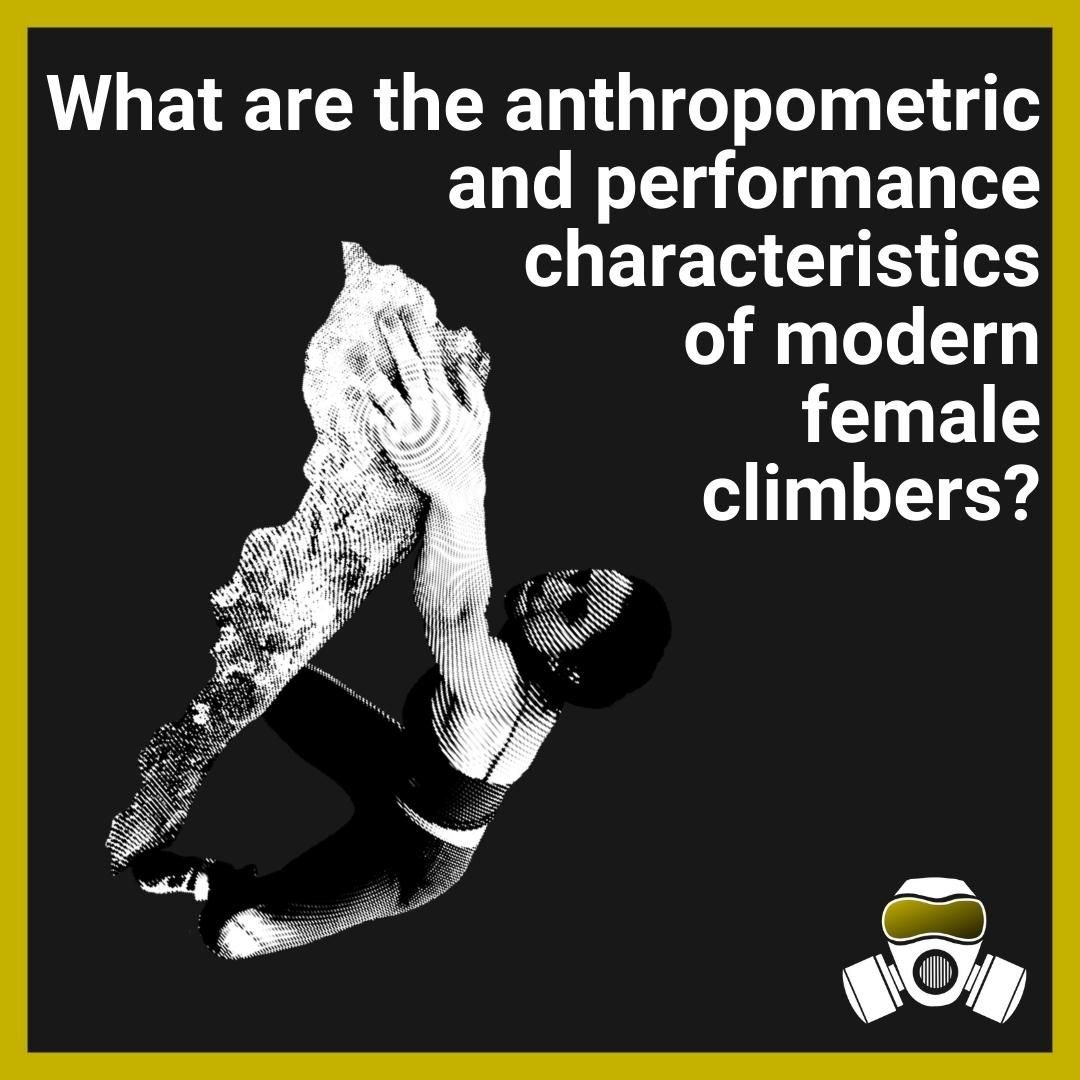
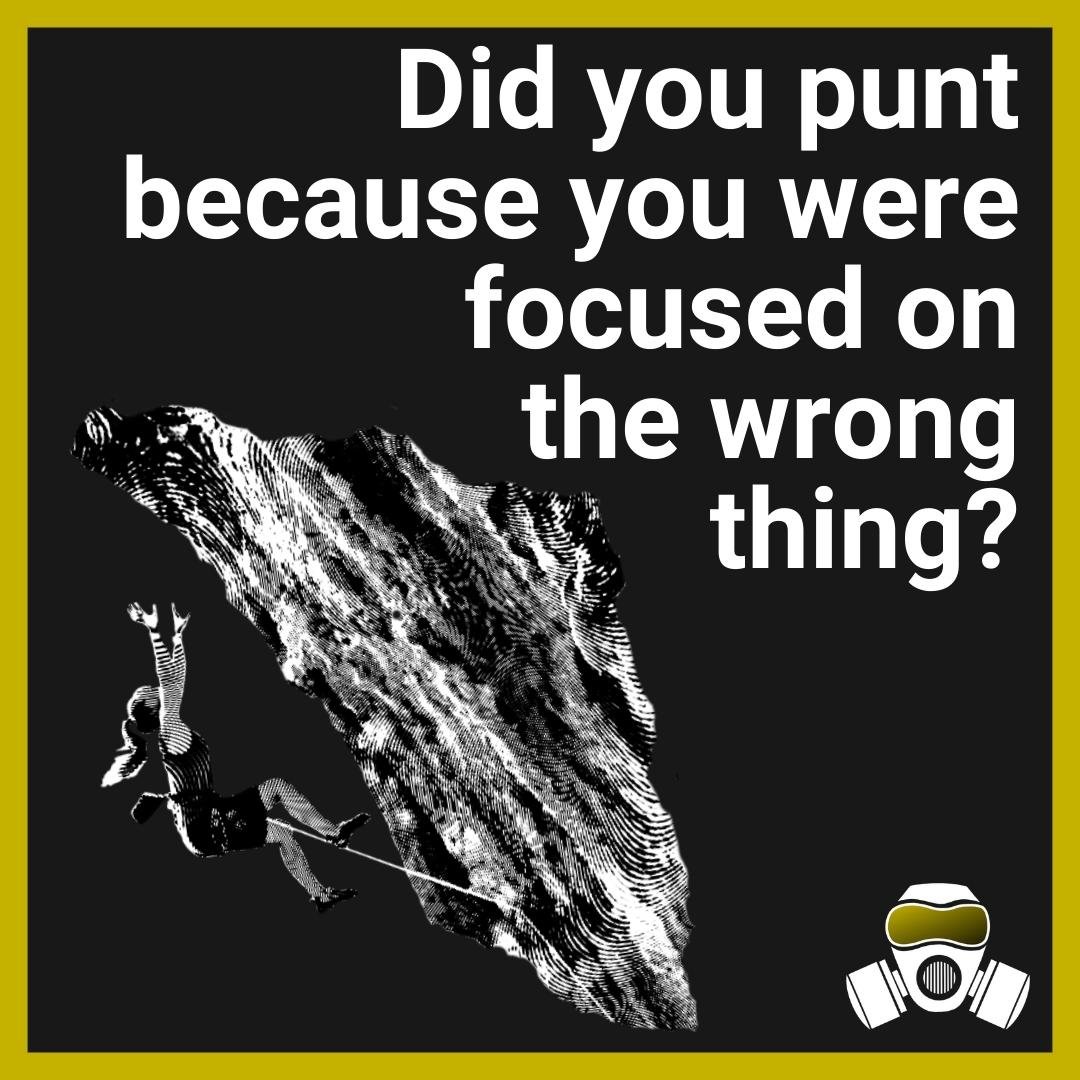
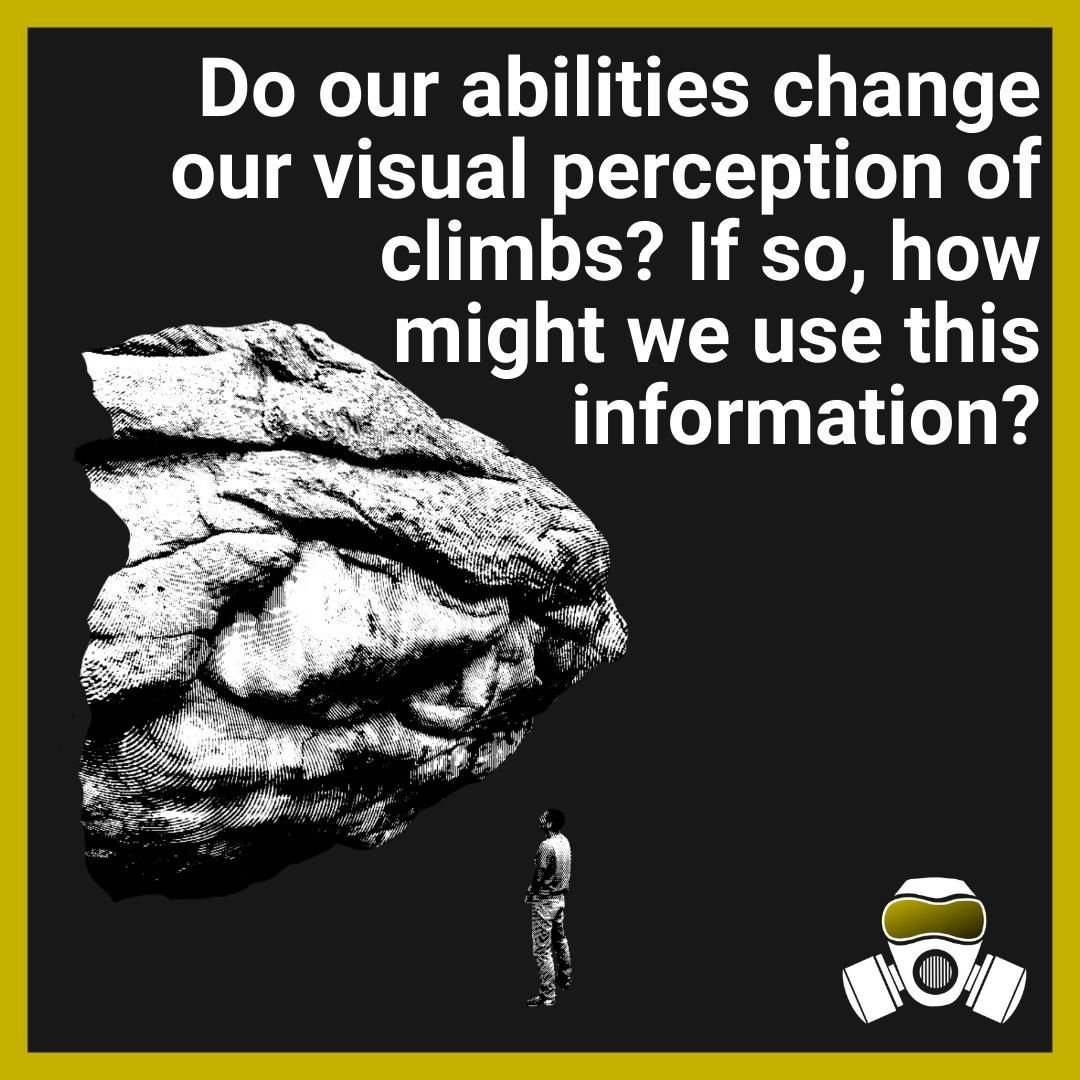
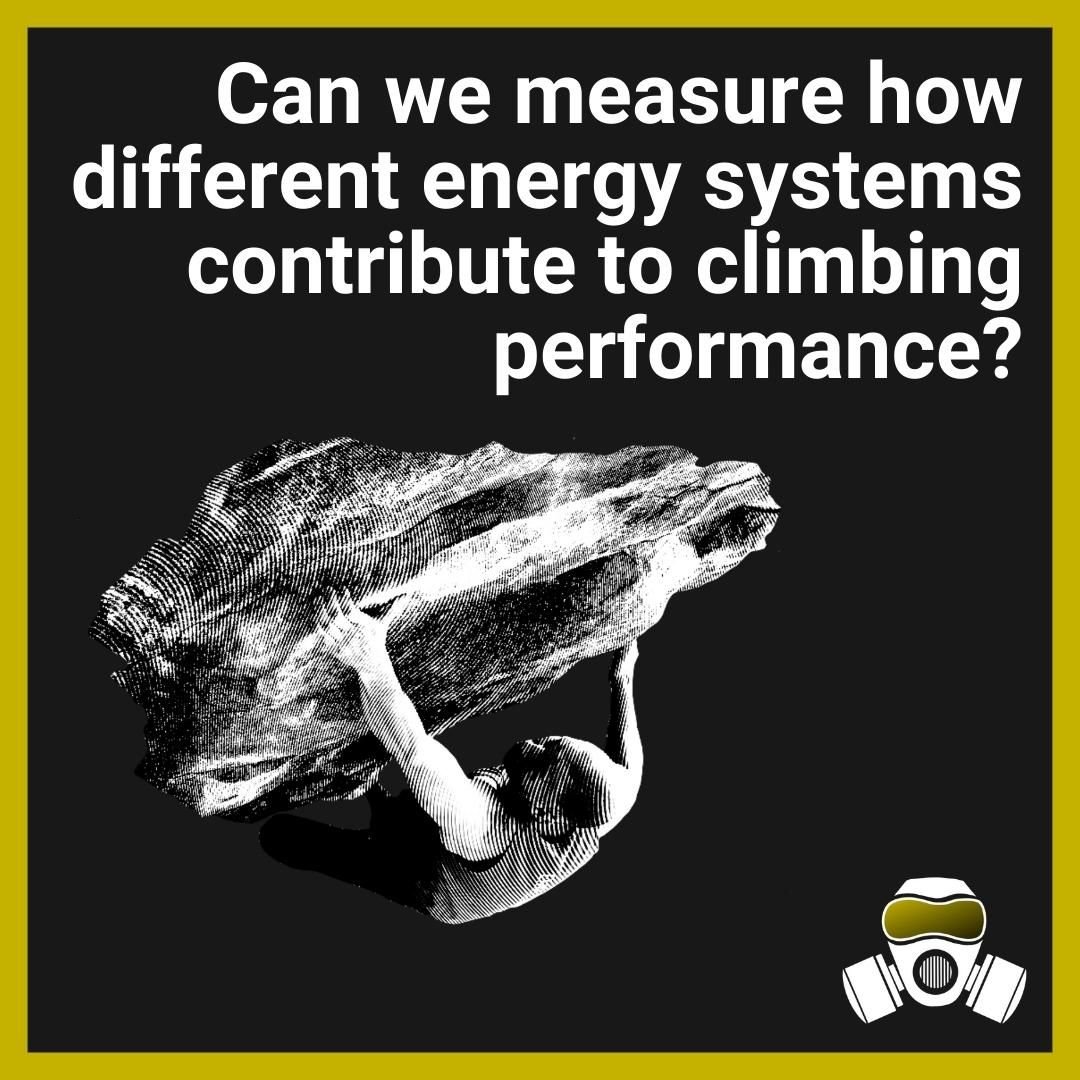
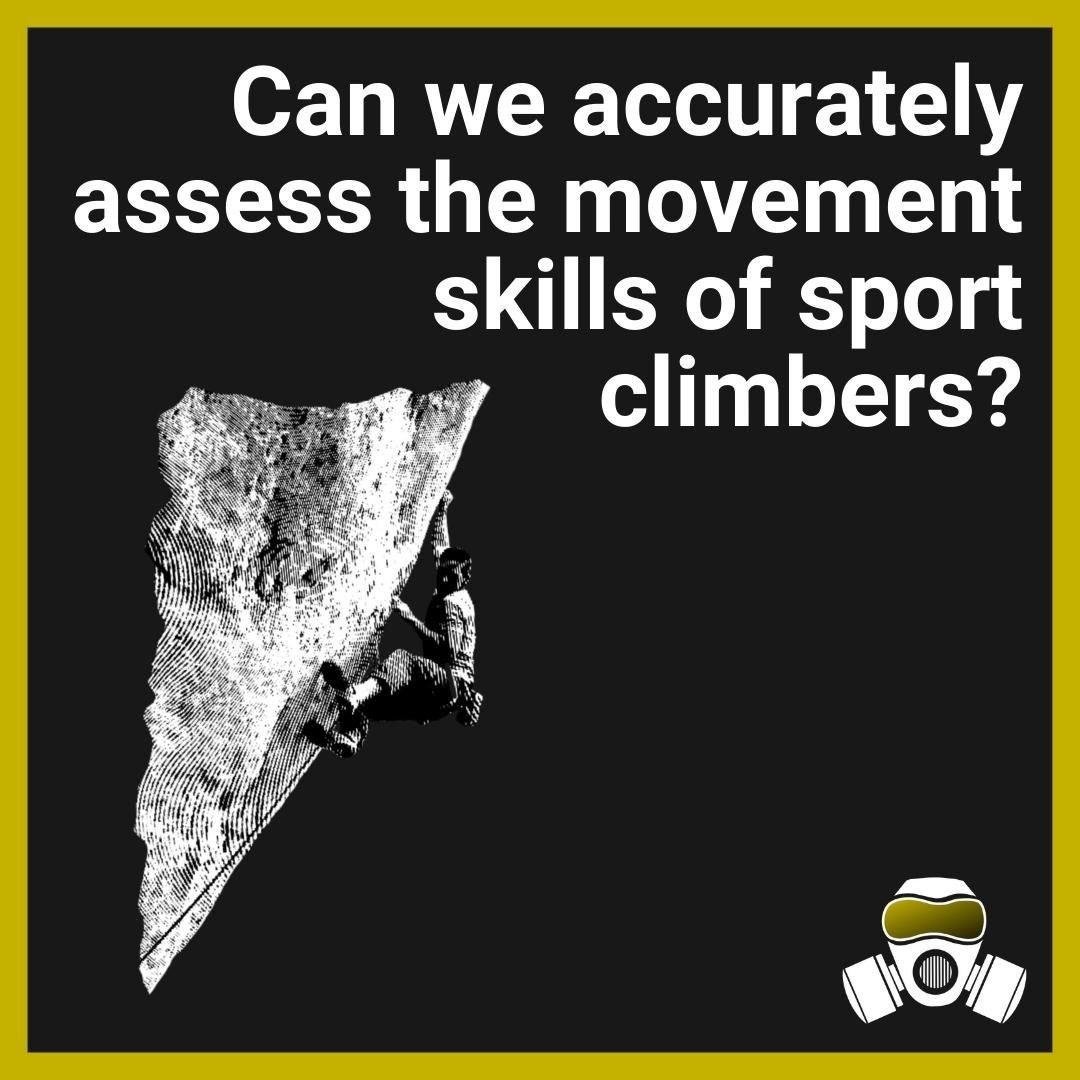
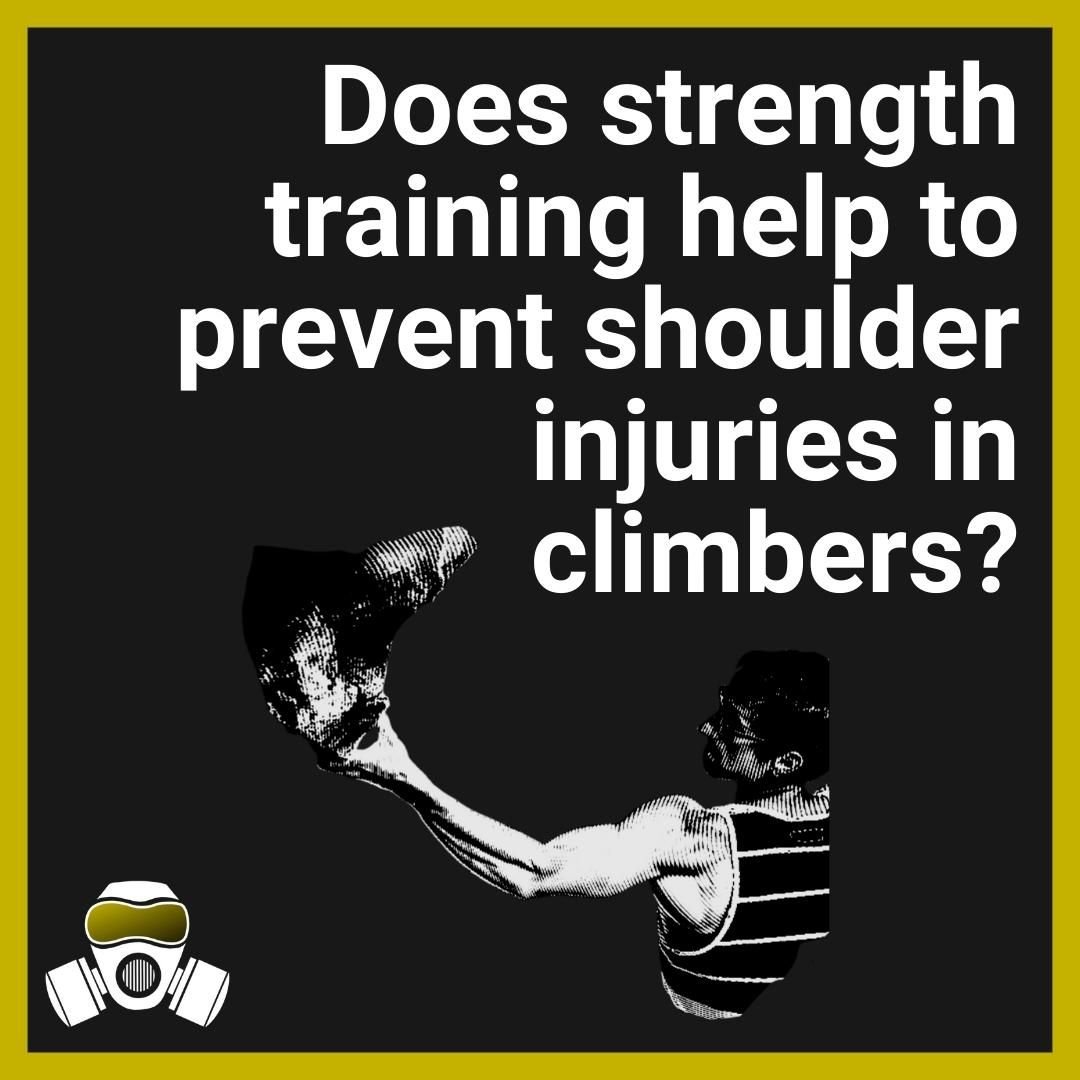











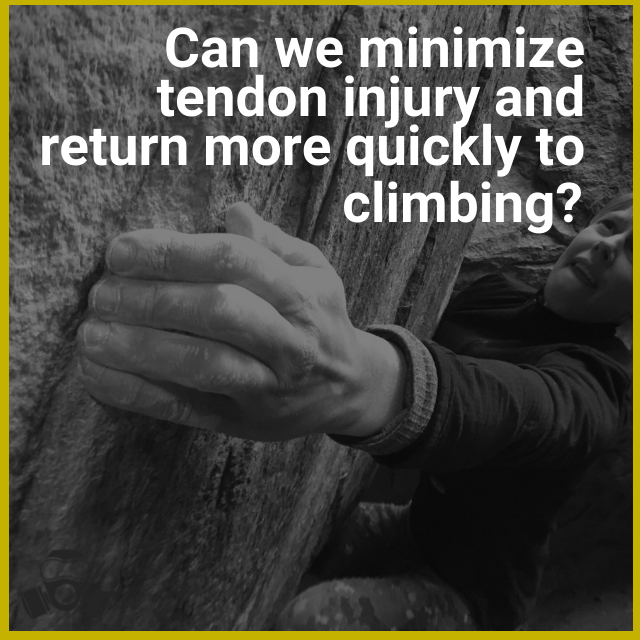
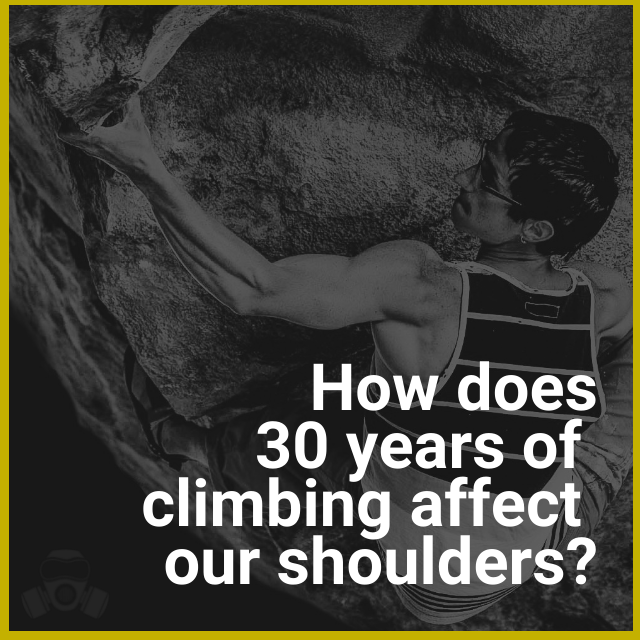
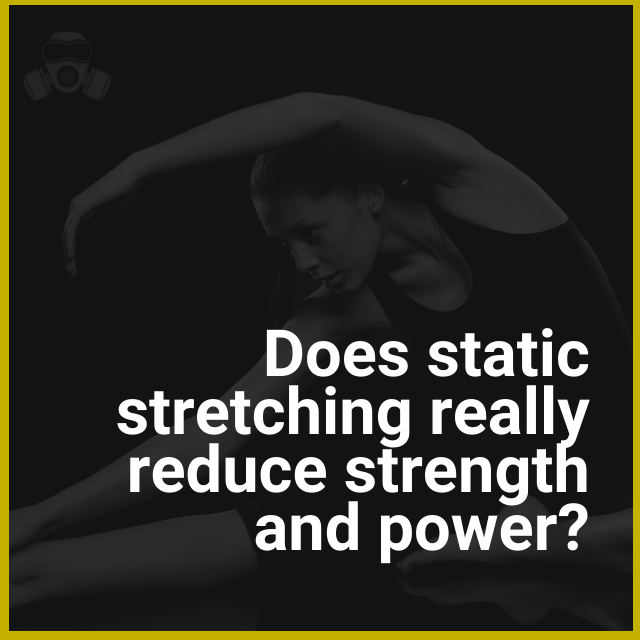




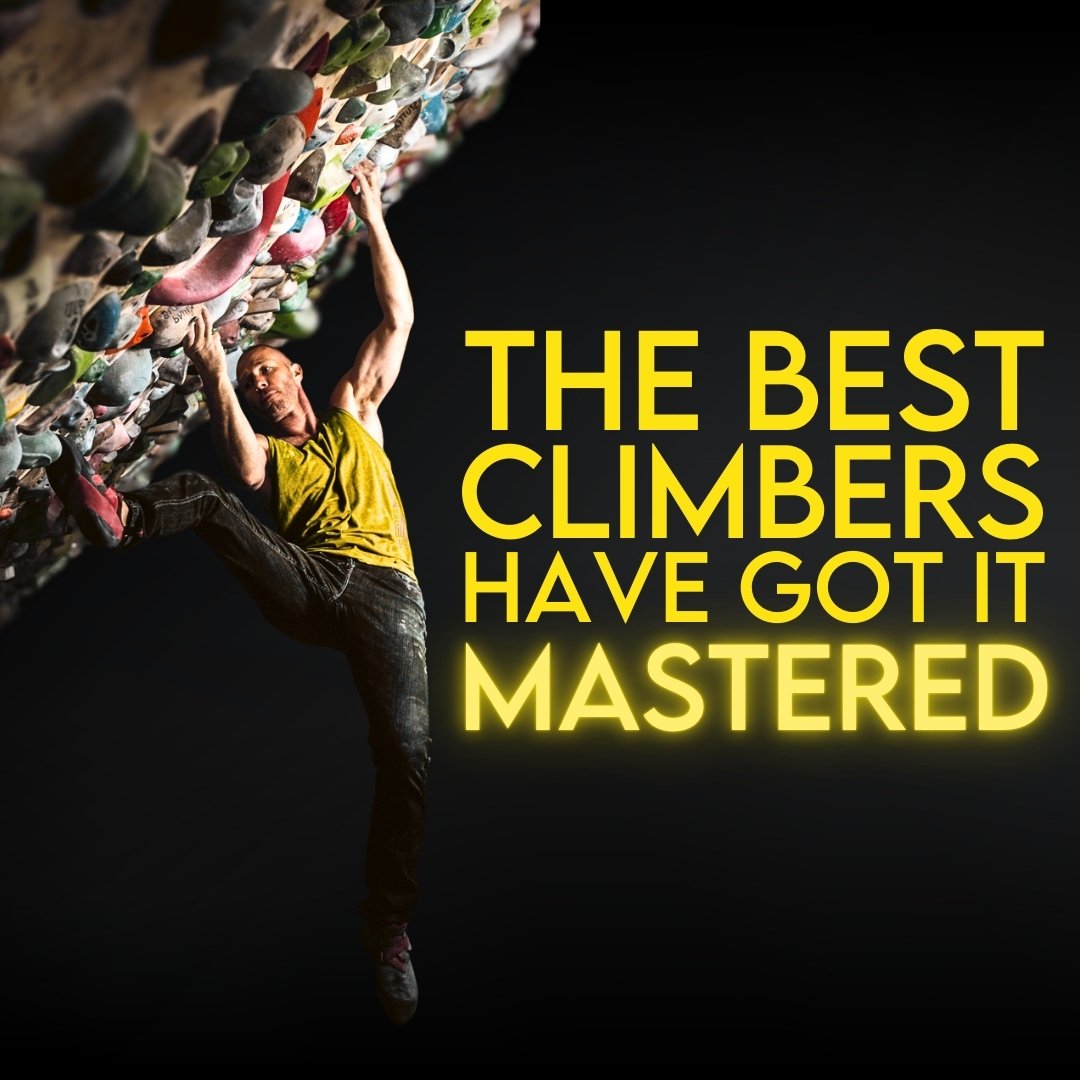



Kris and Paul dig into a paper that presents and then tests a method for measuring movement skills in sport climbing.